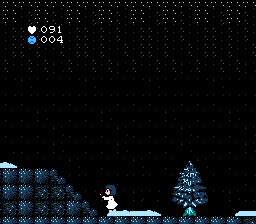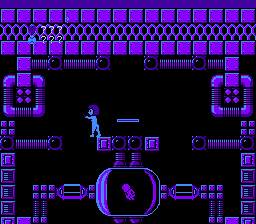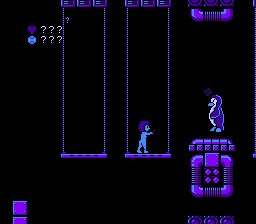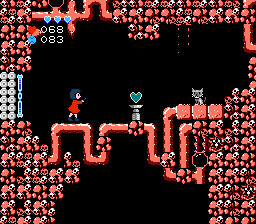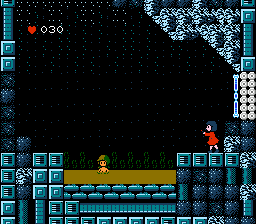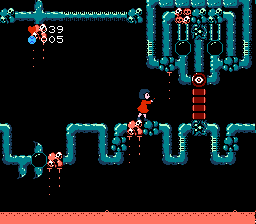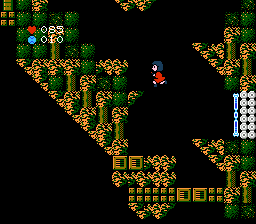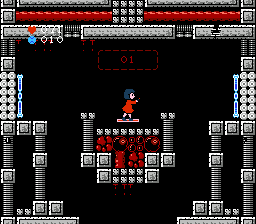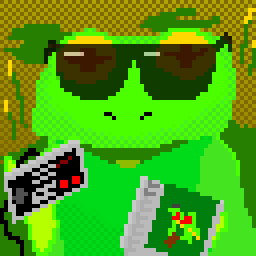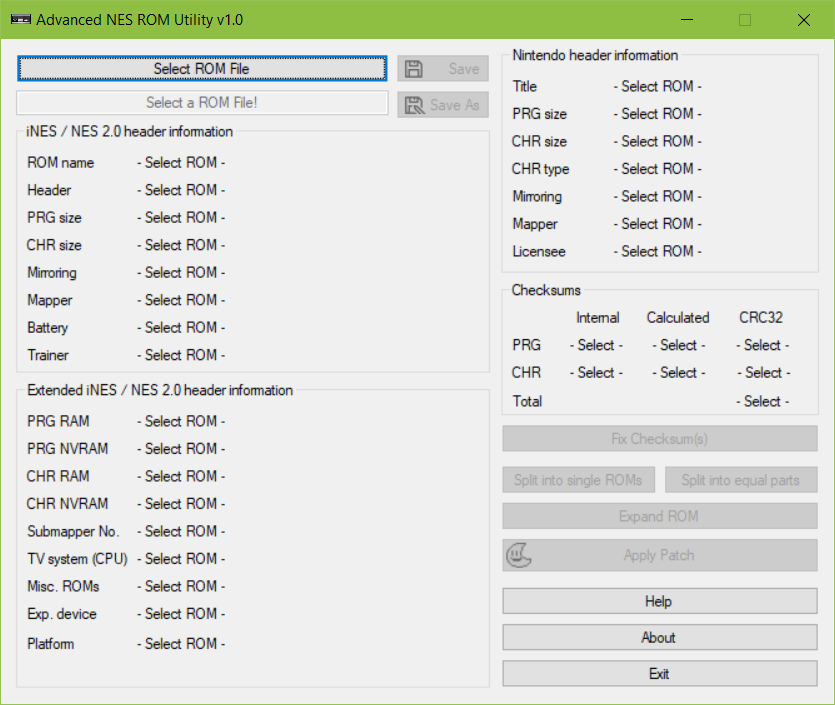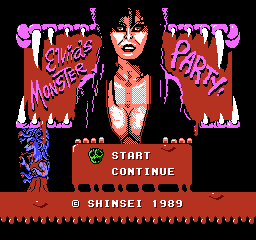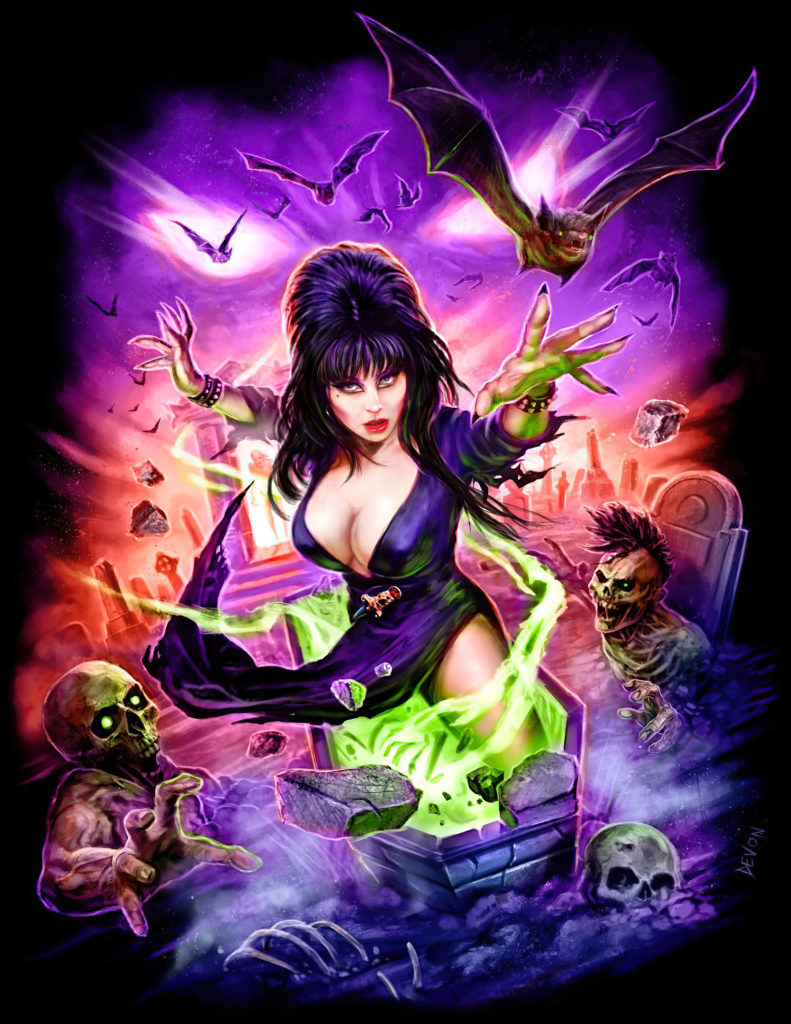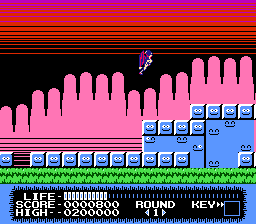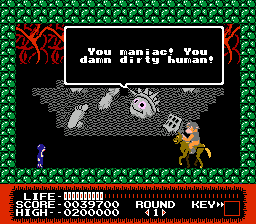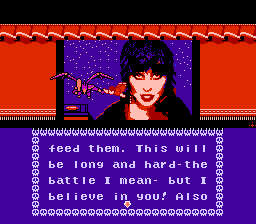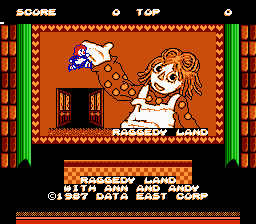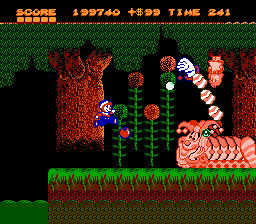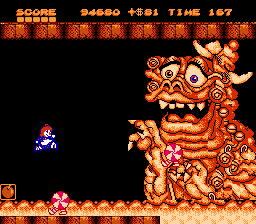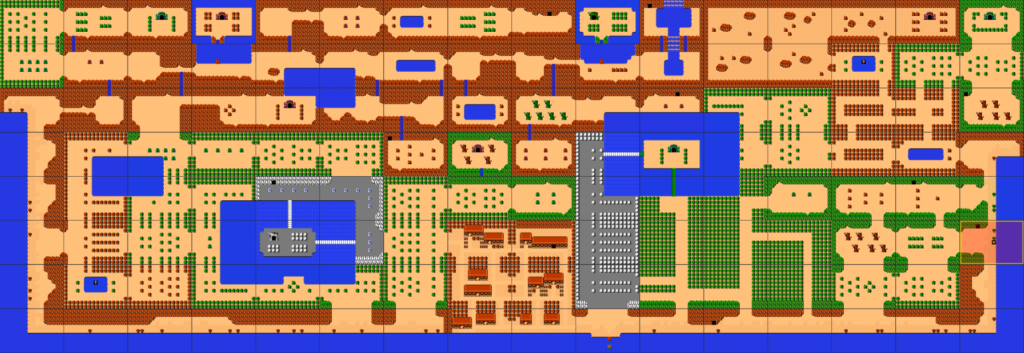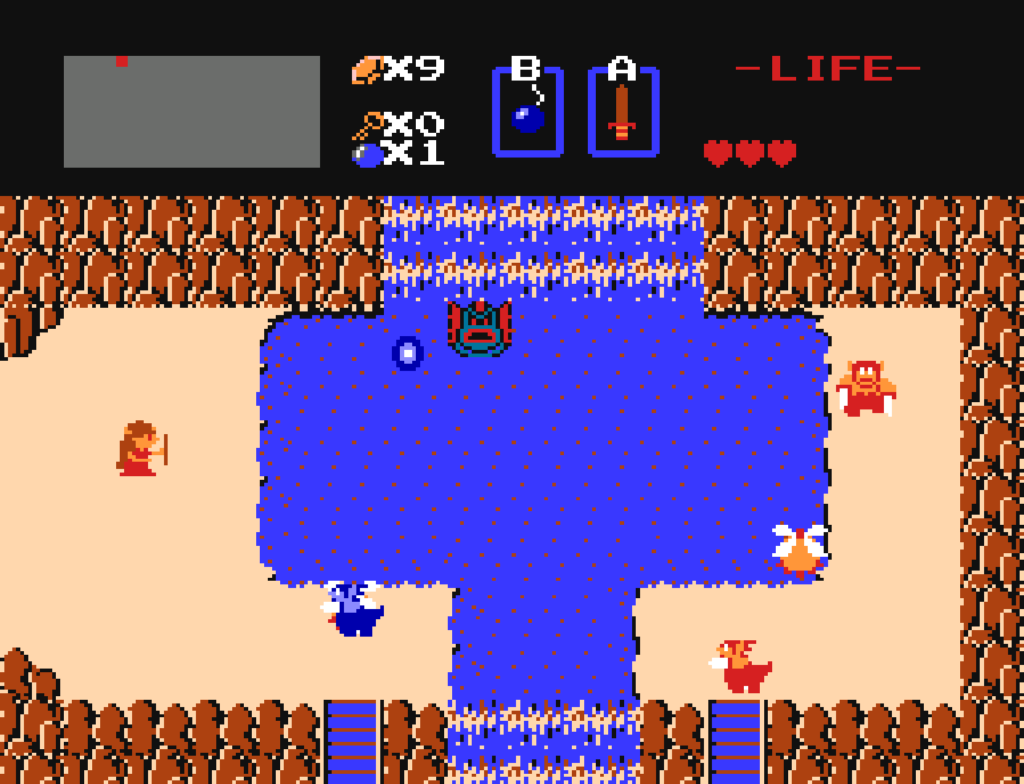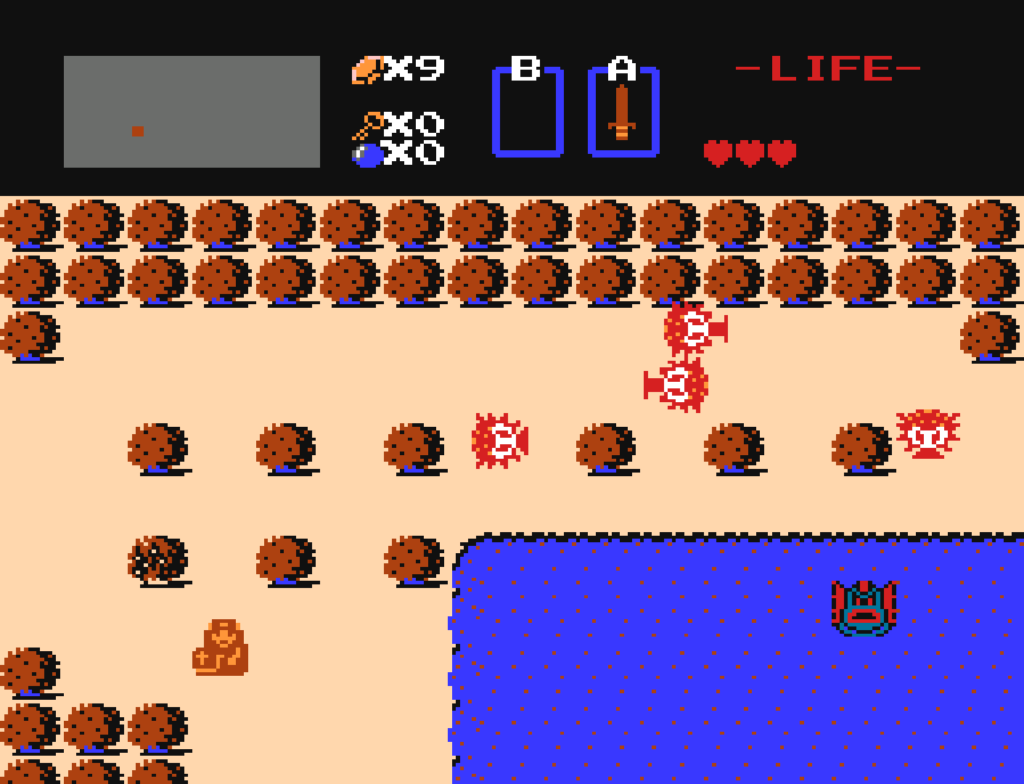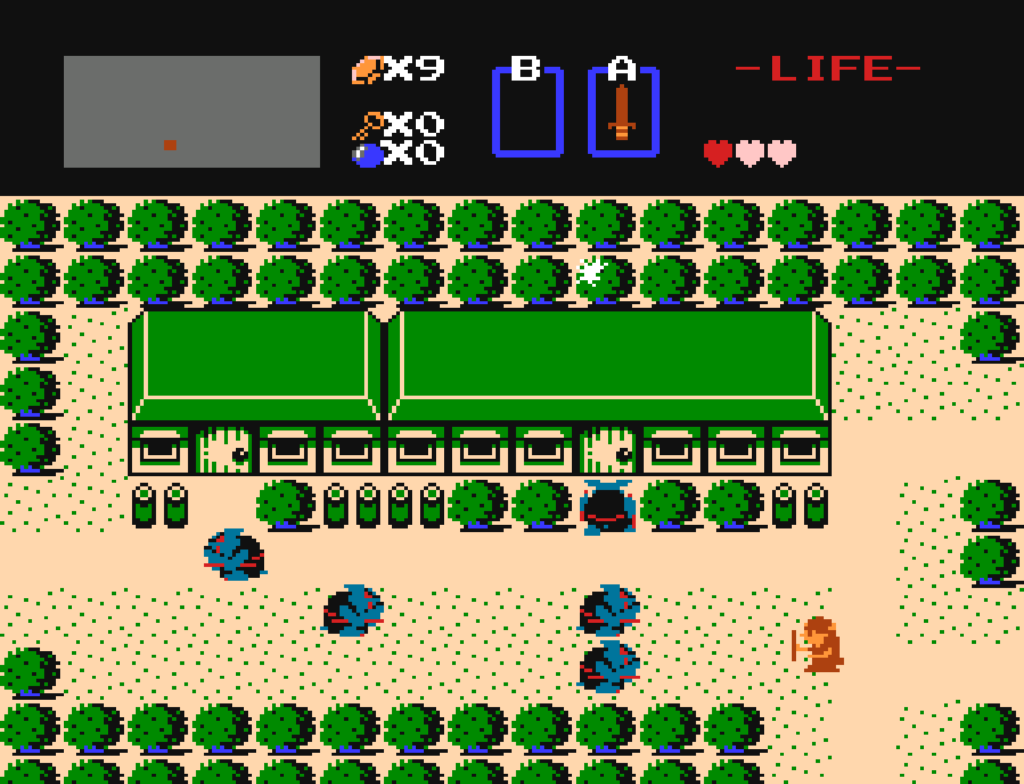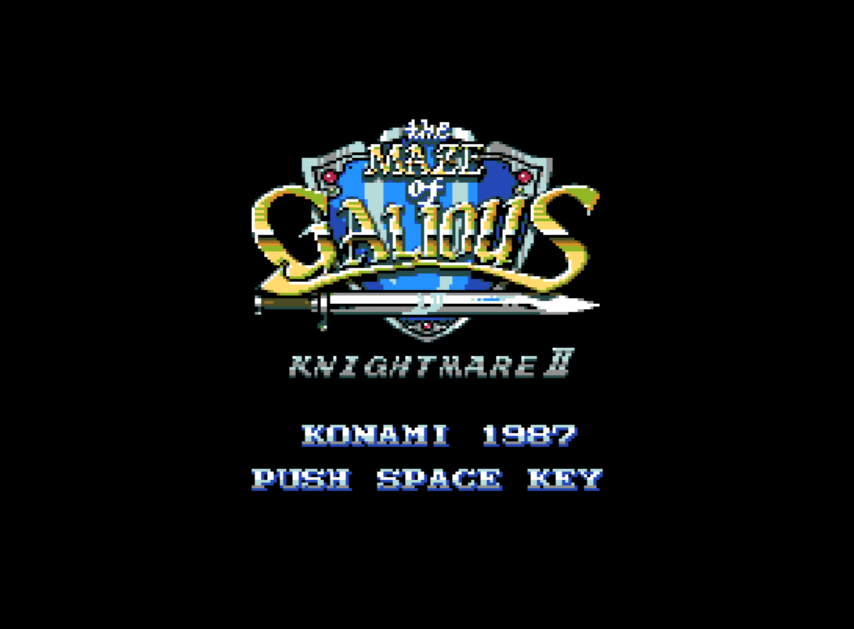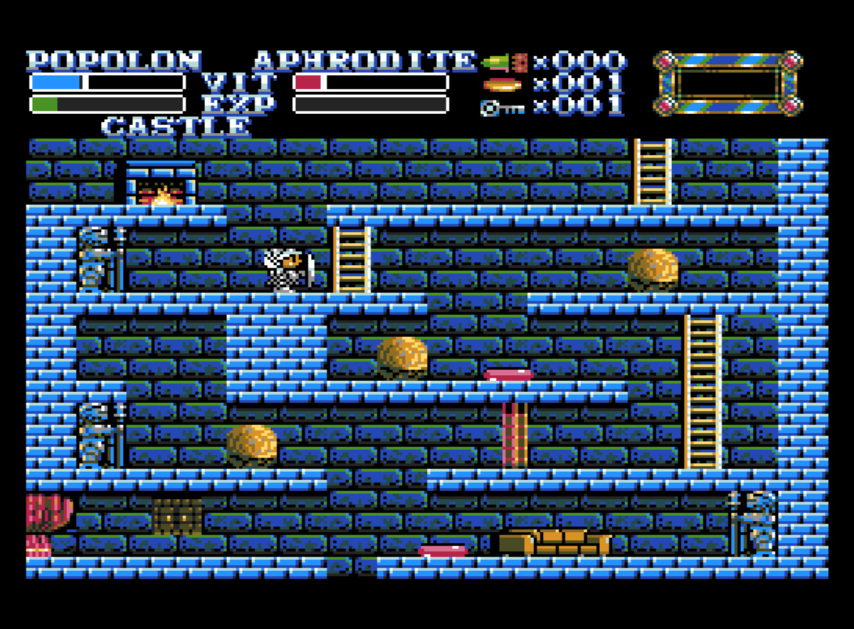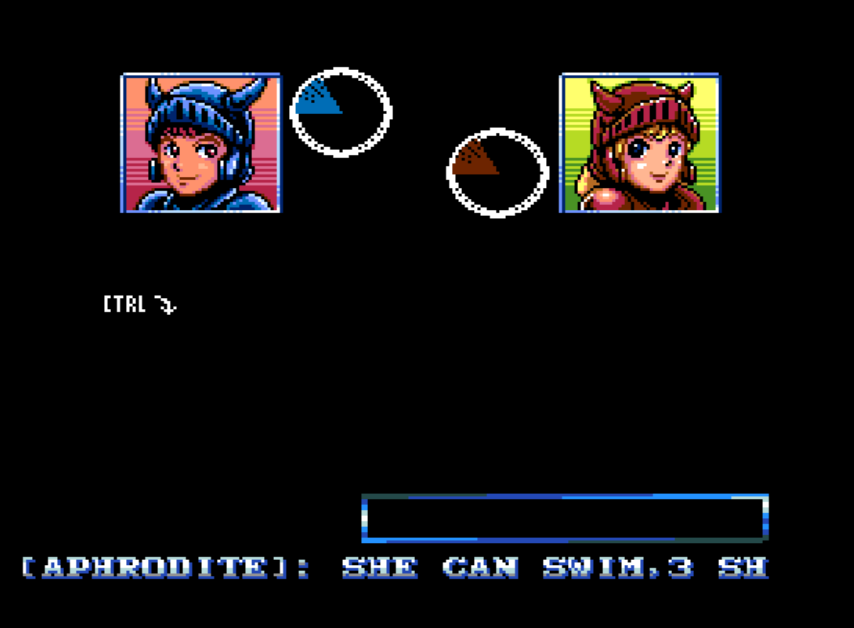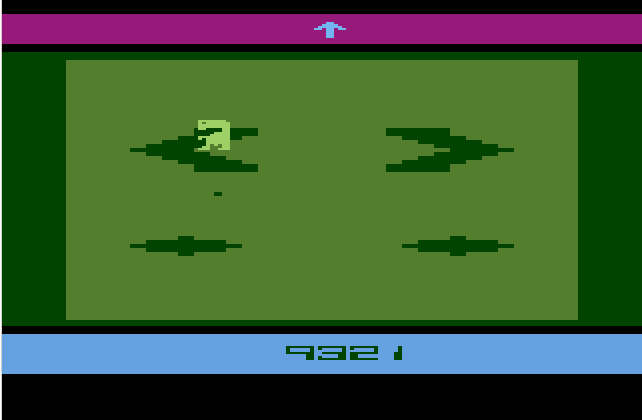
On Romhack Thursdays, we bring you interesting finds from the world of game modifications.
Nintendo is a company with a long history, having gotten started making playing cards. They jumped into the video gaming market, like a lot of companies, making dedicated consoles that were released only in Japan. It was the release of the arcade game Donkey Kong that started them on the path to becoming the worldwide success they are today.
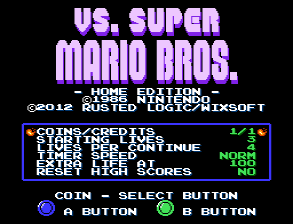
The sales of Donkey Kong, and successor games like Donkey Kong Kr., Donkey Kong 3, and Mario Bros., put a lot of Nintendo cabinets out there. In the mid 80s there arose a market for upgrade kits, an alternate set of internal components for an arcade machine that could make it into a new game for players to enjoy. Simultaneous with the success of the Famicom and NES, Nintendo sold a kit called the “Vs. System” that their old cabinets could be converted into, as well as dedicated cabinets that used it.
Among the software Nintendo made for their Vs. cabinets, so they made special arcade versions of many of their NES cartridges for it. Many of these are expanded versions of the originals, with new features. We’ve already looked at Vs. Castlevania, a version of Castlevania remixed for the Vs. Unisystem by Konami. One of these updated versions was of Nintendo’s first huge Famicom hit, called Vs. Super Mario Bros.
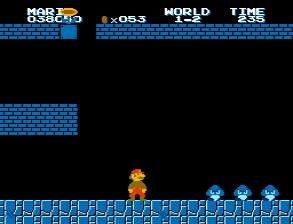
Vs. Super Mario Bros. seems, at first, a lot like the original game. It’s got a high score screen and some other minor changes. Players familiar with the Famicom/NES version will find that it changes significantly as they get further into it. Many later levels are completely changed, and much harder. When Nintendo released the Japan sequel to Super Mario Bros., they used levels from the Vs. System port to help flesh it out.
Many changes were made to the game to support arcade play. “Loops” where players could farm extra lives were toned down or removed, extra lives in general were reduced in number, and warp zones don’t take the player nearly as far into the game. Another change made was to add operator adjustable difficulty, allowing the cabinet owner to set how many coins were needed for an extra life.
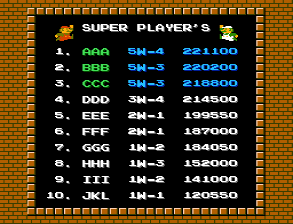
Through emulation, Vs. Super Mario Bros is completely supported in MAME. But for technical reasons, you can’t just play MAME roms in an NES emulator. If you’d like to play it in the emulator of your choice, or have a means to get it running on actual hardware, creator BMF54123 applied all of the play changes of the arcade version back into the NES version of Super Mario Bros., and even added a title screen that allows you to apply the same difficulty settings that were available to an arcade operator.
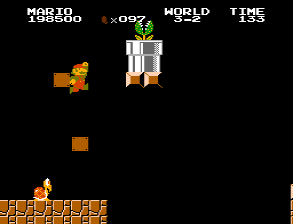
If you’ve never played Super Mario Bros before… then wow, I’m impressed you even found this blog. But also, this is perhaps not the best way to experience the game now. The demands of arcade design make for a much more challenging experience than the original. If you’re very familiar with the home versions, though, it can be an interesting new way to experience it.
Vs. Super Mario Bros for NES (romhacking.net)


